(To Quoc) - Vietnam now has 3 cities (Hanoi, Hoi An and Da Lat) joining the UNESCO Creative Cities Network (UCCN), with three different fields: Design, Crafts and Folk Arts and Music.
Participation in UCCN has a very positive impact on the development of cultural industries in the country in general and in cities in particular, and aims to promote harmonious cooperation between cities, recognizing creativity and innovation as key factors towards sustainable and inclusive urban development. After Hanoi, Hoi An and Da Lat, Vietnam is continuing to build creative city profiles for Ho Chi Minh City, Hue, Ha Long, Da Nang and Vung Tau.
Developing cultural industry goes hand in hand with building creative cities
According to Associate Professor, Dr. Nguyen Thi Thu Phuong, Director of the Vietnam National Institute of Culture and Arts (Ministry of Culture, Sports and Tourism), UCCN was established in 2004 to promote international cooperation between honored cities with the motto of promoting "cultural resources" and "cultural creativity" as the foundation for sustainable urban development. There are 7 creative fields identified for UNESCO to consider registering and joining the network, including: Crafts and folk arts, Design, Cinema, Cuisine, Literature, Multimedia arts and Music.
Currently, the world has more than 350 cities from more than 90 countries and territories participating in this Network and working towards a common goal: Putting creativity and cultural industries at the center of development plans at the local level and actively cooperating at the international level.

"Putting creativity and cultural industries at the heart of development plans at the local level and actively cooperating at the international level" - Associate Professor, Dr. Nguyen Thi Thu Phuong, Director of the Vietnam National Institute of Culture and Arts Studies.
In 2016, the Government approved the Strategy for the development of Vietnam's cultural industries to 2020, with a vision to 2030. The goal is to form three major cultural industry centers in the country: Hanoi, Da Nang and Ho Chi Minh City and strive for the revenue of cultural industries to contribute about 3% of GDP, creating more jobs for society.
Since then, there have been many difficulties in the implementation process but also many positive changes, international connectivity has become more open. In particular, through the process of international integration, researchers and international cooperation workers of the Ministry of Culture, Sports and Tourism have studied and proposed to bring Hanoi to join UCCN. By 2019, we had succeeded in bringing Hanoi to join this Network. Since then, creative city has become a keyword that everyone has learned about, and localities have paid more attention to and made more efforts to reach it.
The project to build a network of creative cities in Vietnam under the UCCN chaired by the Ministry of Culture, Sports and Tourism sets out a roadmap for a number of Vietnamese cities to submit applications to join the UCCN in the period of 2023-2030. In October 2023, Da Lat city and Hoi An city were recognized as official members of the UCCN in the two fields of Music and Crafts and Folk Arts, in accordance with the roadmap of the Project.
From a strategy we set out, up to today, we have exceeded the target when 3 cities have joined UCCN. That shows the stronger movement of Vietnam's cultural industries in connecting with the region and the world. This is a breakthrough success of Vietnam in developing cultural industries in parallel with building creative cities.
Creative cities are the driving force for sustainable economic development
Director of the Department of International Cooperation (Ministry of Culture, Sports and Tourism) Nguyen Phuong Hoa said: The goal of becoming a member of UCCN is not only a title but also an opportunity for the government, creative community and local people to discover the city's strengths, a driving force to enhance livelihoods, develop the economy and society in a sustainable direction.
After the cities of Hanoi, Da Lat and Hoi An joined UCCN, the good news is that cities such as Ho Chi Minh City, Hue, Ha Long, Da Nang, Vung Tau... have all proactively and actively built and issued plans to build dossiers, demonstrating the high determination and sense of responsibility of the city government.

"Building a creative city must be done together with maintaining the traditional cultural values of each region" - Dr. Nguyen Phuong Hoa, Director of the Department of International Cooperation.
Building a creative city must be done together with maintaining the traditional cultural values of each region. For example, Ha Long city has a lot of potential in culture and creativity, but to find the most outstanding strengths, the city needs time to research, evaluate, and aim for a long-term vision.
Or for Hue city, it is necessary to breathe the breath of contemporary life into the heritage to bring assets with high economic value. From there, it brings new tourism products, develops services in a green and sustainable direction. Not only is it a city based on the foundation of preserving the value of the ancient capital's heritage and Hue's cultural identity, but it is also a creative, innovative, smart city in the direction of sustainable development in line with the country's sustainable development goals and associated with the United Nations 2030 Agenda.
However, cities need to note that when building and completing the application for joining UCCN, the consultation process must involve all stakeholders, especially representatives of the creative community and local people; the approach must be inclusive and target vulnerable groups; long-term commitment and allocation of sufficient financial and human resources; and increased international cooperation and exchange with cities in the same UCCN.
Source: https://toquoc.vn/thuong-hieu-thanh-pho-sang-tao-viet-nam-20250125131354612.htm


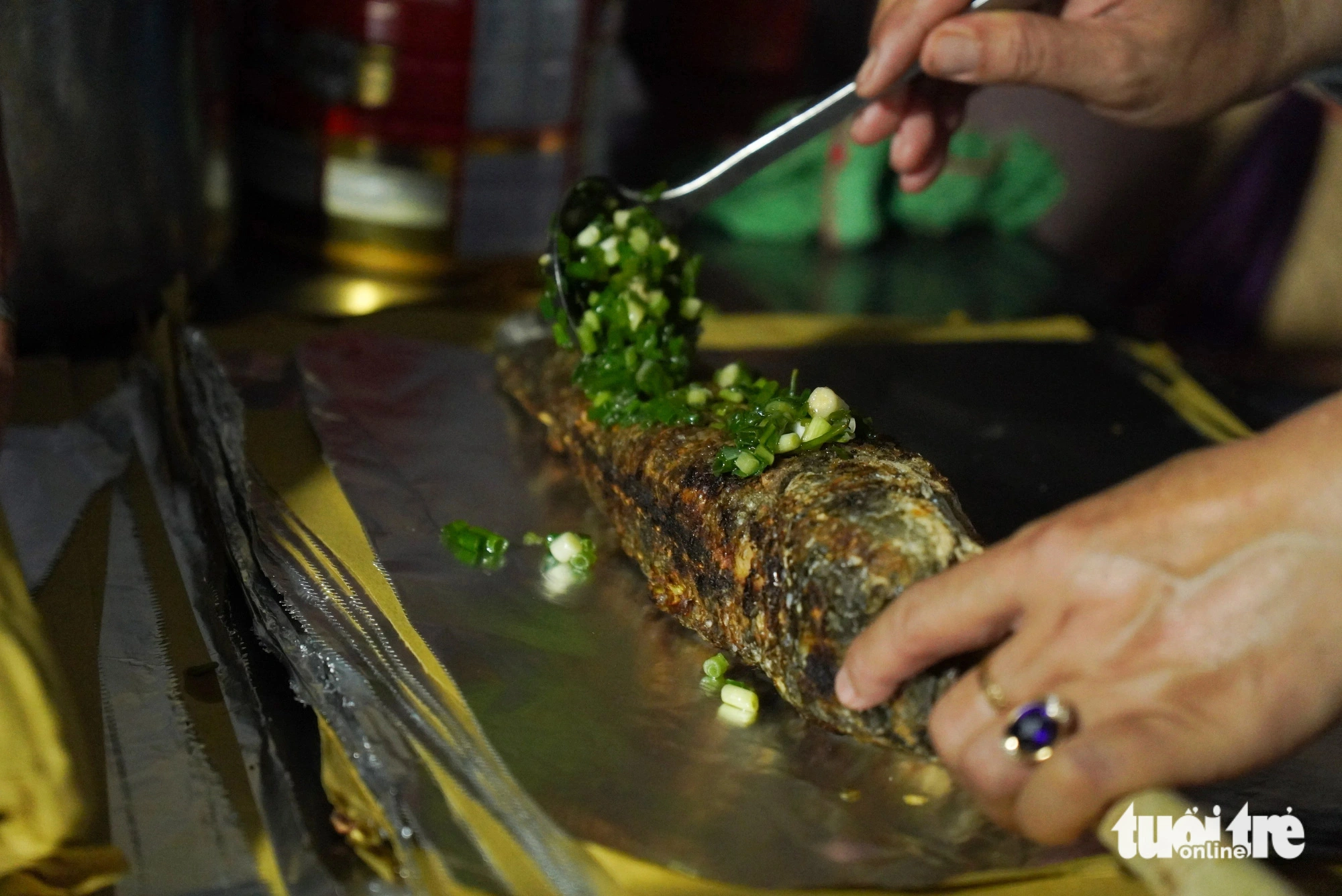



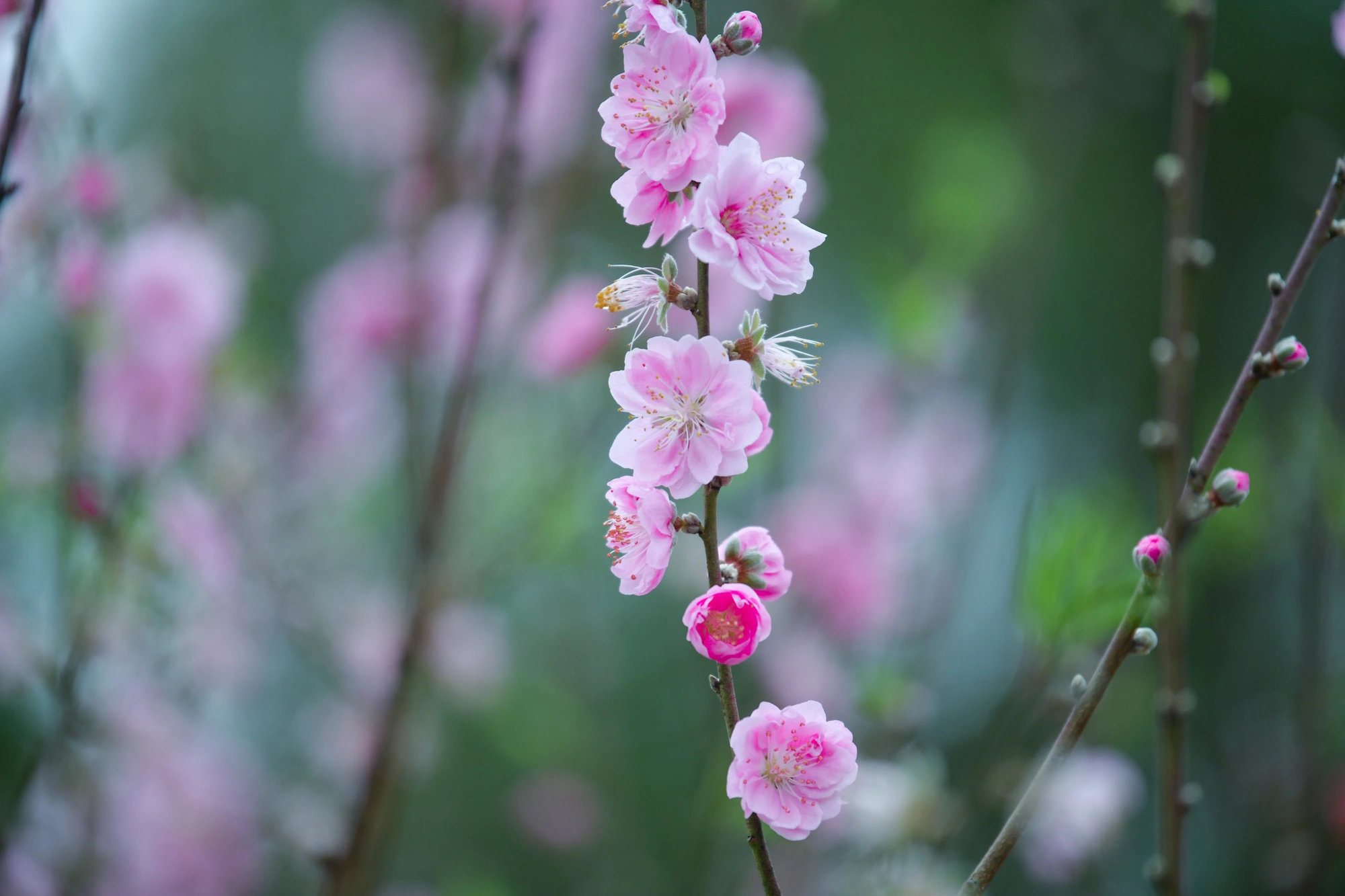





















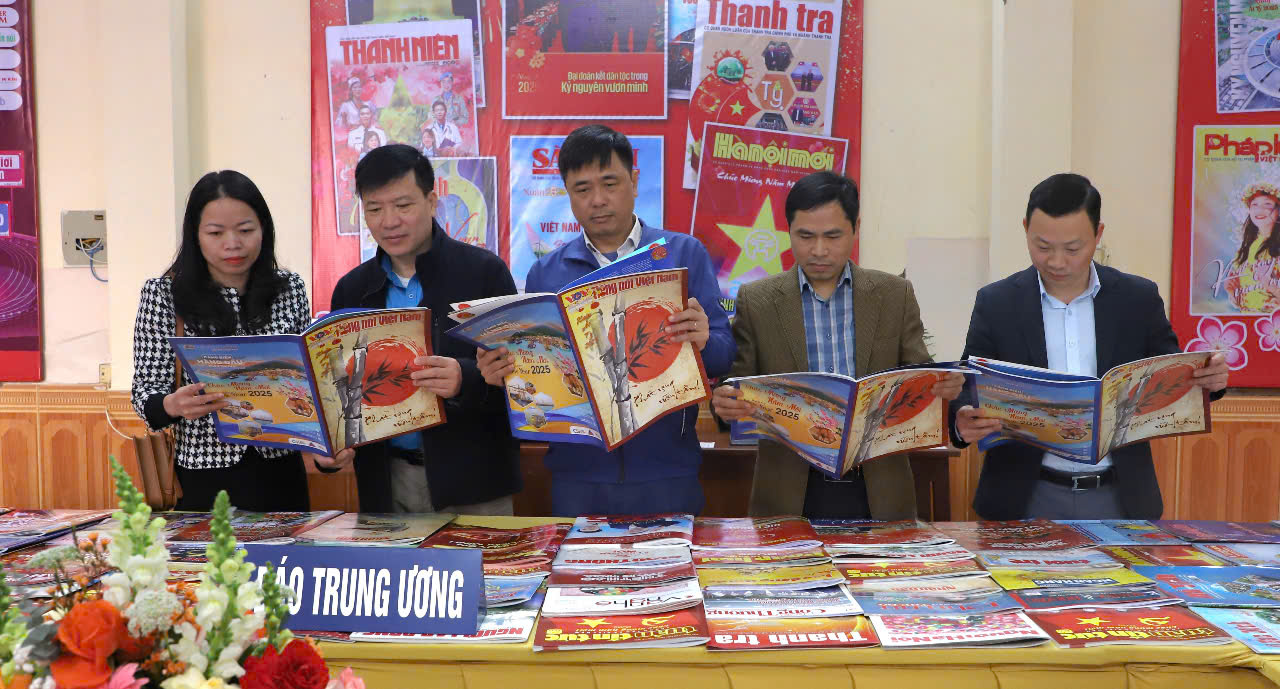

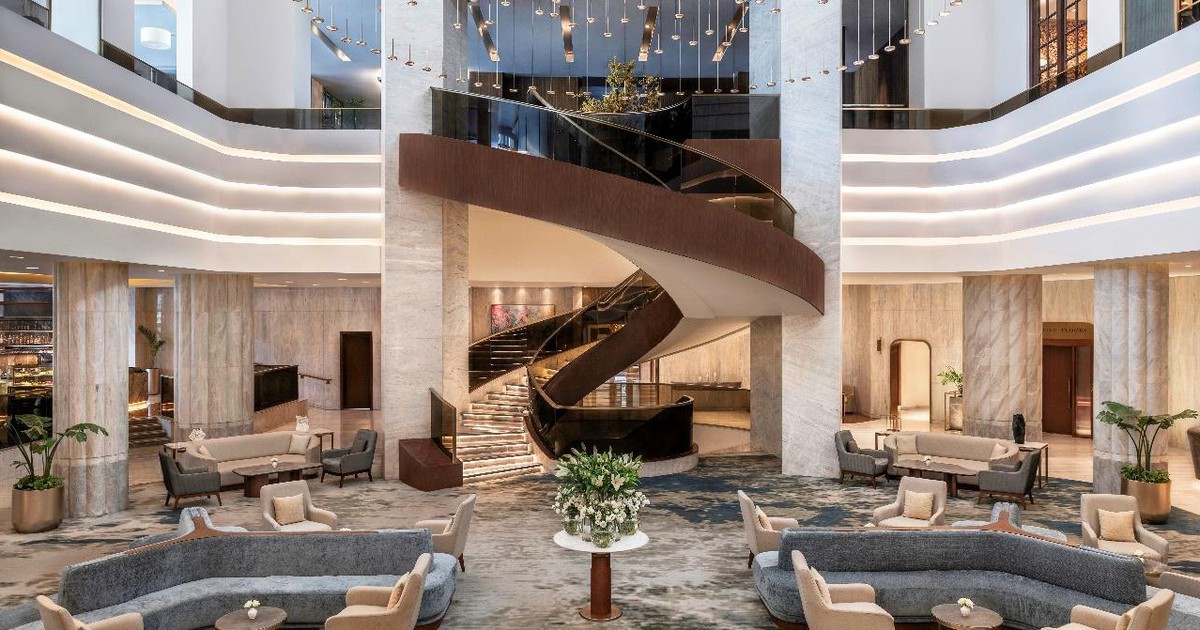

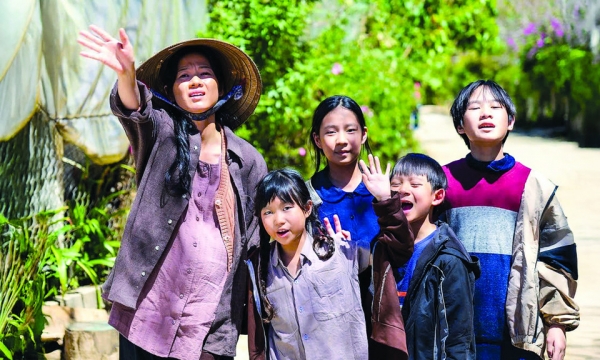

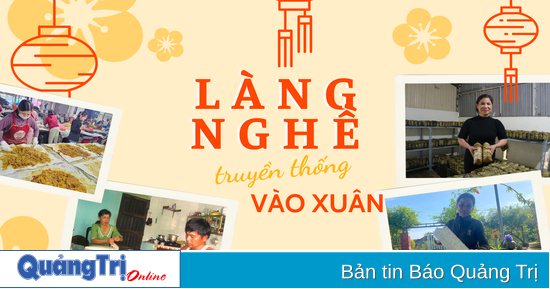
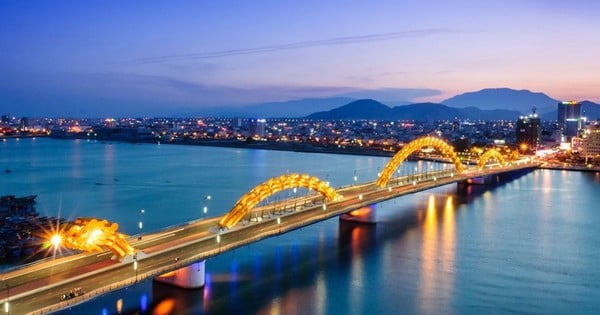
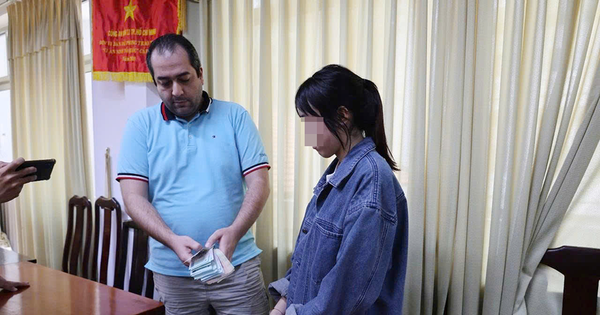



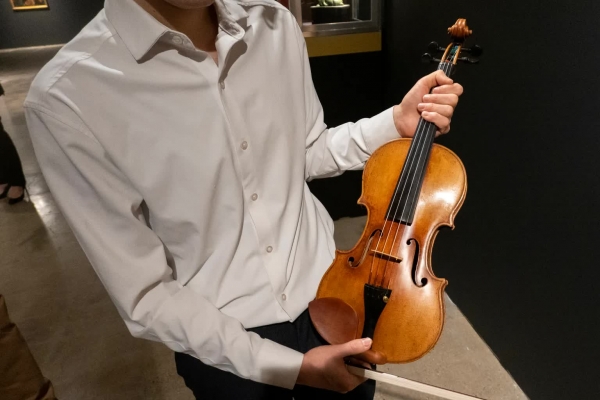

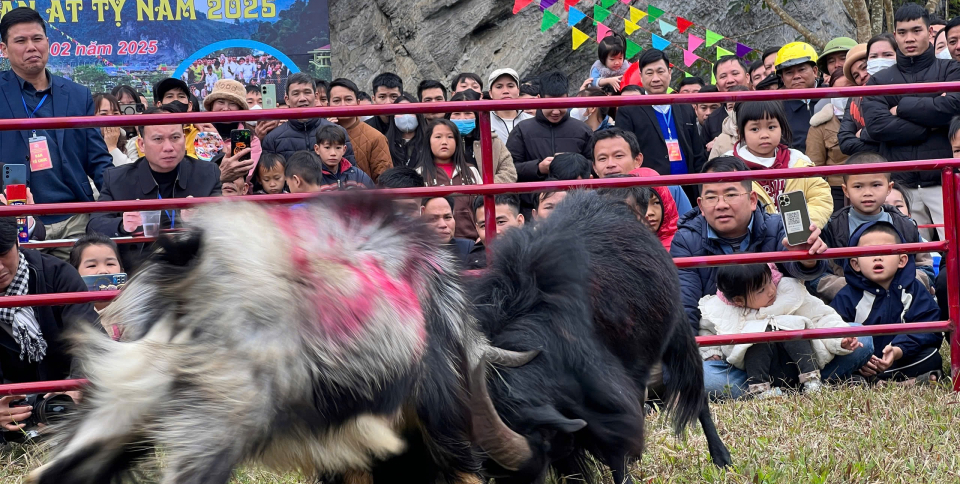

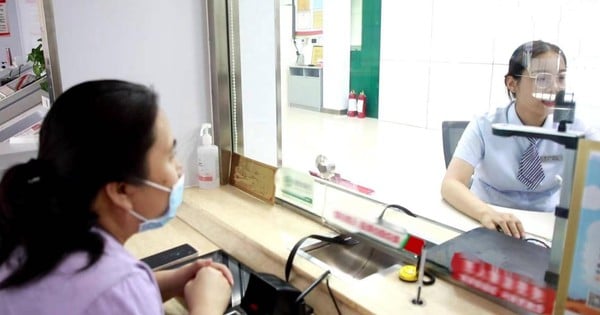


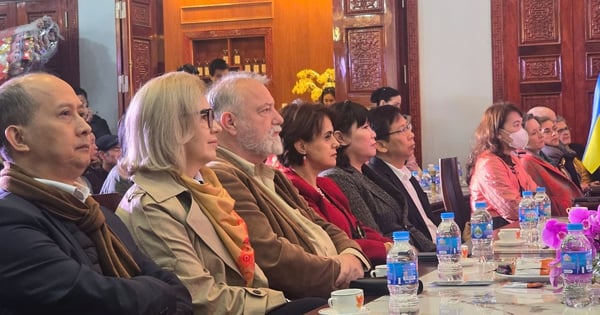

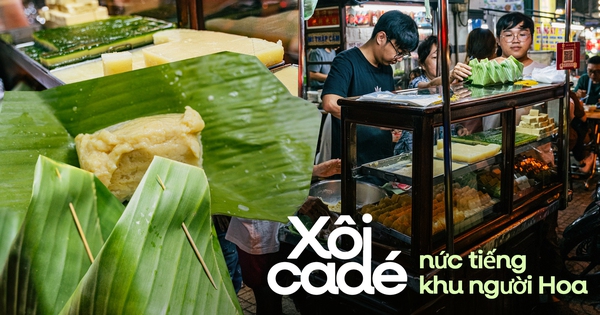
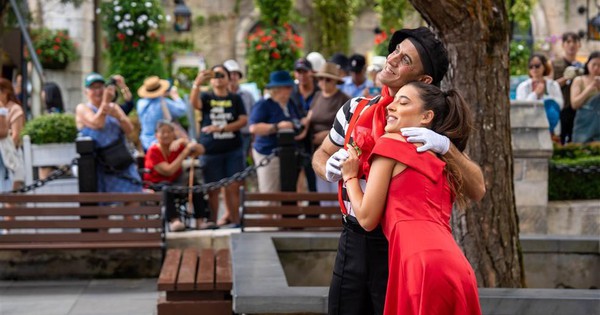
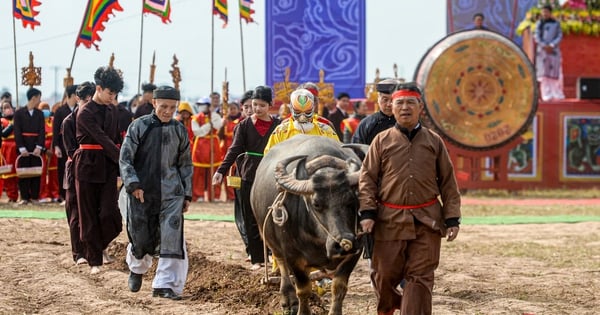
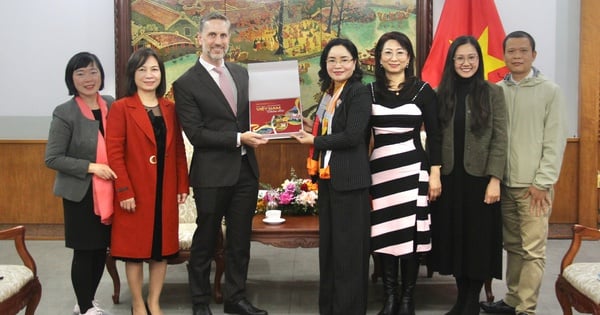

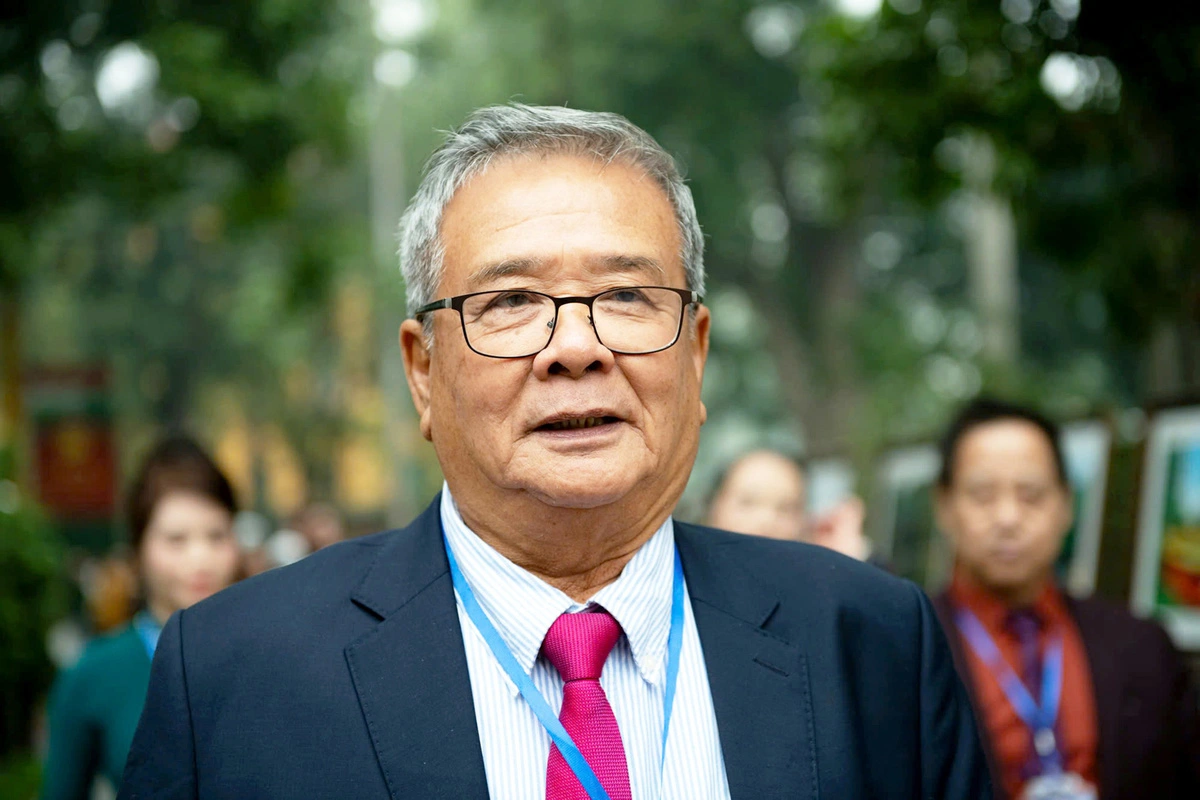




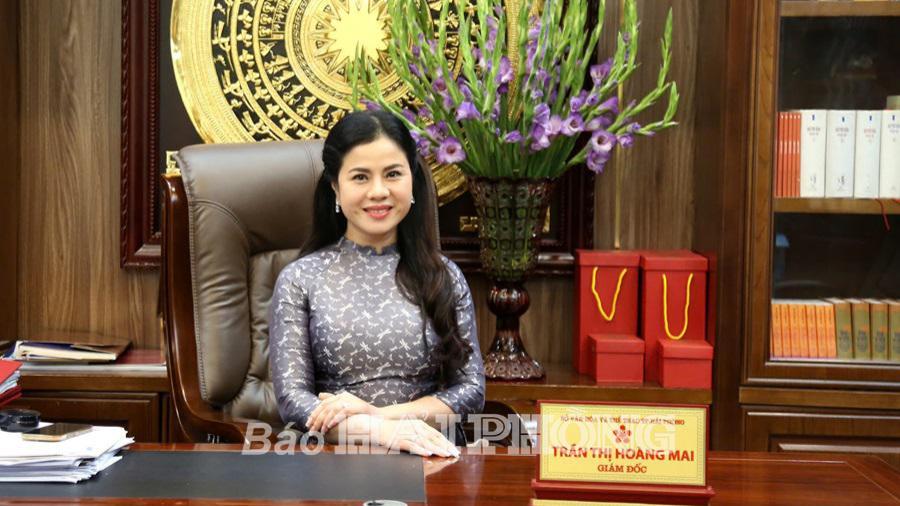

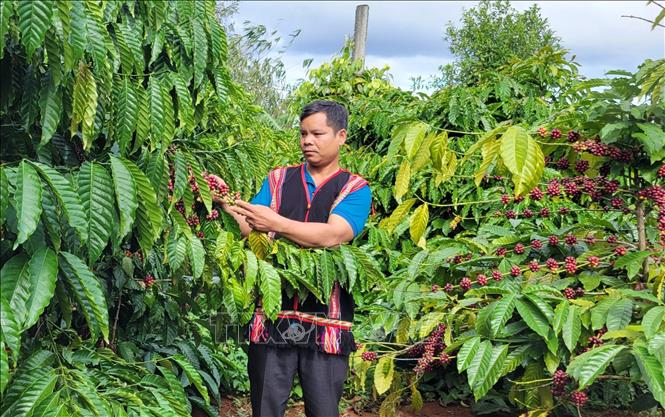





Comment (0)